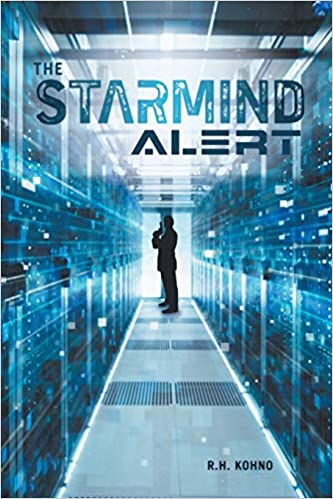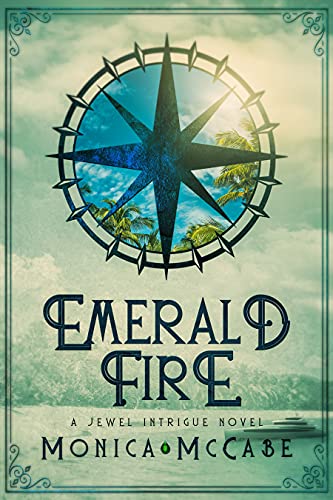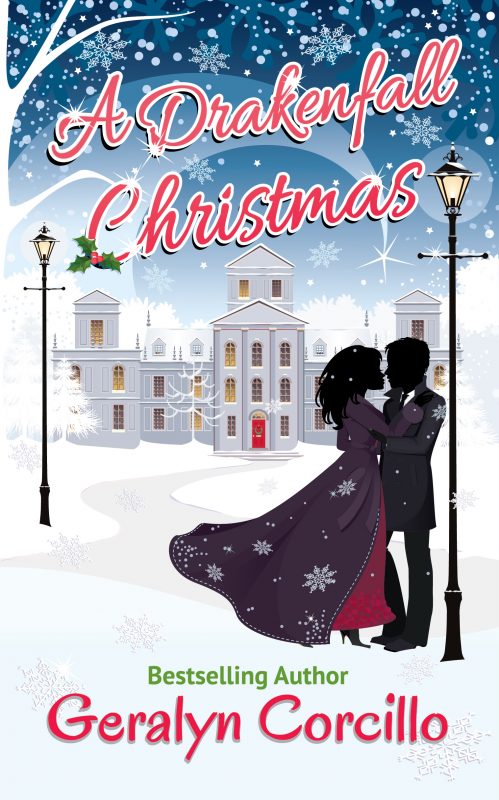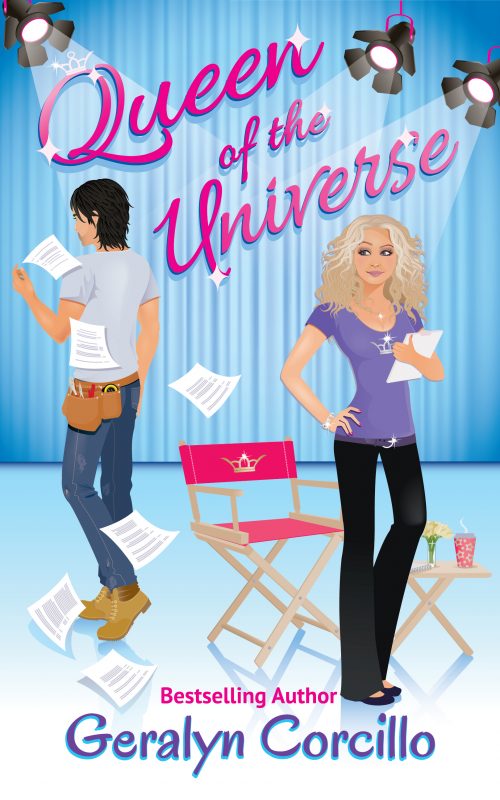Isabel Swift, Editor Emeritus, Harlequin
http://isabelswift.blogspot.com/
When I was an acquiring editor for series romances at Silhouette , I was always surprised at encounters with writers when they’d announce they’d sold a project I’d turned down with a tone of glee at having proved me wrong. I think I startled them by my enthusiastic congratulations!
So if an editor’s role isn’t delighting in crushing dreams and chagrin at having let a good one get away, what is it?
My goal as a series editor was to find content —stories that I believed would appeal to the audience I was acquiring for. Not what I personally liked or disliked, but work I thought would deliver a satisfying experience to the readership.
It is also helpful to like the work, because tapping into your emotional response can be part of your assessment tools as an editor. If you don’t personally enjoy the work, you have to rely more on the intellectual aspect of your editorial judgment.
But the elements you need to remember in your assessment are:
1. What is the story trying to achieve/deliver?
2. Does it work—and do I, as a reader, care?
3. Who is your reader?
4. Do you think this story will deliver satisfaction to them?
Not necessarily in that order. And while series is a unique and remarkable animal in the publishing menagerie, I think most of these points are relevant for editors in general.
My job meant I needed to pay attention to my readers—to hear when she said, but especially observe what she did (often two very different things). Our reader—the marketplace—is a constantly moving target. Just as most series authors started as or became readers, the same goes for editors. It’s easier if you have an understanding of trends and can respond with a gut feel. But as an editor, you have to respond with your head as well as your heart.
Some situations—a new direction or line launch, the strength and skill of an author, a marketplace or demographic trend, single titles to a varying degree—can offer more scope for experimentation. Especially in series, though elsewhere as well, a reader can be surprised, amazed, intrigued…but must not be disappointed. Not in terms of delivering on the promise—overtly made or subtly implied—in the distribution, choice of format, packaging, promotion, past experience with the author.
While series is often seen as more limited in scope than a stand-alone single title, authors have experimented with remarkable things—aliens, paranormal, magic, the list could go on—and remained commercially viable. Incorporating elements that a single title author might find hard to include without being established—and willing to risk a drop in sales if the experiment doesn’t work.
As readers, we all bring expectations to opening a book. My goal as an editor was to ensure the story I acquired would deliver on those expectations.
And just getting to that final reader means being able to clear a number of gates and gatekeepers. An acquiring editor usually needs to convince other editors of the strength of the story and have them share the positive assessment. If it’s a significant acquisition, she may need to get other departments on board—sales, marketing, art, publicity—as they will need to be committed to developing the convincing selling package and story to take the material to market. Now the book advocate team will need to collectively convince the sales force that they have the “weapons†they need to convince the booksellers and distributors in turn that they should take the title.
The editor is only the first of a long series of people that must be convinced to take a chance on the title, spending time and money and rack space to make it available to a reader.
Harlequin and Silhouette series romances are amazing because they are not sold in individually but as a series, thus allowing a remarkable opportunity for writers to find their voice—within series parameters—to experiment, to understand what is working/not working with the readership without the pressure to succeed and grow on every title that faces every stand-alone single title. Series can allow writers to perfect their craft—and one of the key and universal elements of storytelling: to create characters we care about.
And in response to that cranky turned-down-now-acquired author, sometimes an editor is wrong in her assessment. Their assumptions about an audience’s interest can be off, and the market turns out to be much broader than past experience would indicate. But also the project may just not be right for the readership that editor is acquiring for, like a strong, but mis-cast actor.
True, you can occasionally edit a square peg into a round hole. But it’s better for that peg to find a square hole. An editor’s role is juggling all this and more.
But there is always the love of storytelling that drives us—of finding a great story and working to make sure it will reach an appreciative audience. I’m delighted when a story finds the right home—with any of the many Harlequin imprints , or somewhere else.
I love when that happens!
- Author Bio
- Recent Posts
- Books
-
January 23, 2021
That’s right, not a fairy tale, a Tale Faery. A genuine hetero, cis Tale Faery. We’re rare.
It started with dragonflies on a magic summer day in Gainesville Florida. One of those 100+ degree, 100+% humidity (seriously, a clear blue sky supersaturated with humidity, a state of dew), my five-year-old daughter and I rode our bikes around a swamp, and I discovered what faeries are.
-
February 3, 2017Isabel Swift, Editor Emeritus, Harlequinhttp://isabelswift.blogspot.com/When I was an acquiring editor for series romances at Silhouette , I was always surprised at encounters with writers when they’d announce they’d sold a project I’d turned down with a tone of glee at having proved me wrong. I think I startled them by my enthusiastic congratulations!So if an […]
-
August 17, 2016Isabel Swift, Editor Emeritus, Harlequinhttp://isabelswift.blogspot.com/When I was an acquiring editor for series romances at Silhouette , I was always surprised at encounters with writers when they’d announce they’d sold a project I’d turned down with a tone of glee at having proved me wrong. I think I startled them by my enthusiastic congratulations!So if an […]
-
March 8, 2016Isabel Swift, Editor Emeritus, Harlequinhttp://isabelswift.blogspot.com/When I was an acquiring editor for series romances at Silhouette , I was always surprised at encounters with writers when they’d announce they’d sold a project I’d turned down with a tone of glee at having proved me wrong. I think I startled them by my enthusiastic congratulations!So if an […]
-
February 26, 2016Isabel Swift, Editor Emeritus, Harlequinhttp://isabelswift.blogspot.com/When I was an acquiring editor for series romances at Silhouette , I was always surprised at encounters with writers when they’d announce they’d sold a project I’d turned down with a tone of glee at having proved me wrong. I think I startled them by my enthusiastic congratulations!So if an […]
AN ELEMENT OF MYSTERTY: SWEET, FUNNY, AND STRANGE TALES OF INTRIGUE
Series: A Sweet, Funny, and Strange Anthology, Book 7
Genres: Mystery, Short Story Anthology
Tags: 2022, Anthology, Sweet, Funny, and Strange Tales
Dare you read our latest Sweet, Funny, and Strange® Anthology?
More info →FUR, FEATHERS AND SCALES: Sweet, Funny, and Strange Animal Tales
Series: A Sweet, Funny, and Strange Anthology, Book 6
Genres: Animal Stories, Short Story Anthology
Tags: 2020, Anthology, On Sale, Sweet, Funny, and Strange Tales
So cuddle up with your favorite pet-real or imaginary. No matter. You’ll find just the right story to share.
More info →ONCE UPON A TIME: Sweet, Funny, and Strange Tales for All Ages
Series: A Sweet, Funny, and Strange Anthology, Book 4
Genres: Children’s Books, Children’s Literature, Short Story Anthology
Tags: 2016, Anthology, Sweet, Funny, and Strange Tales, The Short Story Award
Step through our castle doors into a world of imagination!
More info →LET IT SNOW
Series: Bethlehem Writers Roundtable Collection, Book 1
Genre: Short Story Anthology
Tags: Anthology, On Sale, The Short Story Award
Tales as different as snowflakes.
More info →ONCE AROUND THE SUN: Sweet, Funny, and Stranges Tales for All Seasons
Series: A Sweet, Funny, and Strange Anthology, Book 2
Genre: Short Story Anthology
Tags: Anthology, Sweet, Funny, and Strange Tales, The Short Story Award
Stories about winter, spring, summer and fall, and seasons of life, seasons of love, and even seasons of discovery.
More info →UNTETHERED: SWEET, FUNNY, AND STRANGE TALES OF THE PARANORMAL
Series: A Sweet, Funny, and Strange Anthology, Book 5
Genres: Paranormal, Short Story Anthology
Tags: 2018, Anthology, Sweet, Funny, and Strange Tales, The Short Story Award
Stoke the campfire and get ready for some chills and goosebumps when you open this paranormal addition to the award-winning Bethlehem Writers Group’s “Sweet, Funny, and Strange” anthologies.
More info →A READABLE FEAST: Sweet, Funny, and Strange Tales for Every Taste
Series: A Sweet, Funny, and Strange Anthology, Book 3
Genre: Short Story Anthology
Tags: Anthology, Sweet, Funny, and Strange Tales, The Short Story Award
Yearning for a tantalizing tale?
More info →
Related
Affiliate Links
A Slice of Orange is an affiliate with some of the booksellers listed on this website, including Barnes & Nobel, Books A Million, iBooks, Kobo, and Smashwords. This means A Slice of Orange may earn a small advertising fee from sales made through the links used on this website. There are reminders of these affiliate links on the pages for individual books.
Search A Slice of Orange
Find a Column
Archives
Featured Books
THE STARMIND ALERT
A psychic thriller that tries to catch an arch terrorist who is like a greased cat.
More info →EMERALD FIRE
Her family secret is stolen by pirates. His business is in jeopardy if he doesn’t find it.
More info →A DRAKENFALL CHRISTMAS
At the English country estate Drakenfall, Christmas is topsy-turvy, romantic, and heartwarming!
More info →QUEEN OF THE UNIVERSE
Can a charismatic TV writer convince her brooding handyman to star in her show in time to save her career?
More info →Newsletter
Contributing Authors
Search A Slice of Orange
Find a Column
Archives
Authors in the Bookstore
- A. E. Decker
- A. J. Scudiere
- A.J. Sidransky
- Abby Collette
- Alanna Lucus
- Albert Marrin
- Alice Duncan
- Alina K. Field
- Alison Green Myers
- Andi Lawrencovna
- Andrew C Raiford
- Angela Pryce
- Aviva Vaughn
- Barbara Ankrum
- Bethlehem Writers Group, LLC
- Carol L. Wright
- Celeste Barclay
- Christina Alexandra
- Christopher D. Ochs
- Claire Davon
- Claire Naden
- Courtnee Turner Hoyle
- Courtney Annicchiarico
- D. Lieber
- Daniel V. Meier Jr.
- Debra Dixon
- Debra H. Goldstein
- Debra Holland
- Dee Ann Palmer
- Denise M. Colby
- Diane Benefiel
- Diane Sismour
- Dianna Sinovic
- DT Krippene
- E.B. Dawson
- Emilie Dallaire
- Emily Brightwell
- Emily PW Murphy
- Fae Rowen
- Faith L. Justice
- Frances Amati
- Geralyn Corcillo
- Glynnis Campbell
- Greg Jolley
- H. O. Charles
- Jaclyn Roché
- Jacqueline Diamond
- Janet Lynn and Will Zeilinger
- Jaya Mehta
- Jeff Baird
- Jenna Barwin
- Jenne Kern
- Jennifer D. Bokal
- Jennifer Lyon
- Jerome W. McFadden
- Jill Piscitello
- Jina Bacarr
- Jo A. Hiestand
- Jodi Bogert
- Jolina Petersheim
- Jonathan Maberry
- Joy Allyson
- Judy Duarte
- Justin Murphy
- Justine Davis
- Kat Martin
- Kidd Wadsworth
- Kitty Bucholtz
- Kristy Tate
- Larry Deibert
- Larry Hamilton
- Laura Drake
- Laurie Stevens
- Leslie Knowles
- Li-Ying Lundquist
- Linda Carroll-Bradd
- Linda Lappin
- Linda McLaughlin
- Linda O. Johnston
- Lisa Preston
- Lolo Paige
- Loran Holt
- Lynette M. Burrows
- Lyssa Kay Adams
- Madeline Ash
- Margarita Engle
- Marguerite Quantaine
- Marianne H. Donley
- Mary Castillo
- Maureen Klovers
- Megan Haskell
- Melanie Waterbury
- Melisa Rivero
- Melissa Chambers
- Melodie Winawer
- Meriam Wilhelm
- Mikel J. Wilson
- Mindy Neff
- Monica McCabe
- Nancy Brashear
- Neetu Malik
- Nikki Prince
- Once Upon Anthologies
- Paula Gail Benson
- Penny Reid
- Peter Barbour
- Priscilla Oliveras
- R. H. Kohno
- Rachel Hailey
- Ralph Hieb
- Ramcy Diek
- Ransom Stephens
- Rebecca Forster
- Renae Wrich
- Roxy Matthews
- Ryder Hunte Clancy
- Sally Paradysz
- Sheila Colón-Bagley
- Simone de Muñoz
- Sophie Barnes
- Susan Kaye Quinn
- Susan Lynn Meyer
- Susan Squires
- T. D. Fox
- Tara C. Allred
- Tara Lain
- Tari Lynn Jewett
- Terri Osburn
- Tracy Reed
- Vera Jane Cook
- Vicki Crum
- Writing Something Romantic
Affiliate Links
A Slice of Orange is an affiliate with some of the booksellers listed on this website, including Barnes & Nobel, Books A Million, iBooks, Kobo, and Smashwords. This means A Slice of Orange may earn a small advertising fee from sales made through the links used on this website. There are reminders of these affiliate links on the pages for individual books.


























































Hey, thank you to everyone!
And Cait, you are dead on with the continuities within series. They are somewhere between Dickens writing in installments and earlier novels that were often in two or three volumes. There are many ways to tell a story!
Great blog Isabel, thanks so much.
A great reminder to someone slogging it out in the trenches!
This comment has been removed by the author.
Thanks for posting a blog with OCC. Great to hear from you!
Isabel, thank you for the blog. I loved it.
– Sue Phillips
OCCRWA President
Isobel, excellent post. As for single title authors, there is a home for them also in series, if they write author-driven miniseries. What would be a single-title can be separated into segments, much as Jan Karon does in her series. Through miniseries installments the canvas can be made larger for those whose muse takes them to longer projects. However, there is a freshness, creatively speaking, when turning to new, individual stories per book.